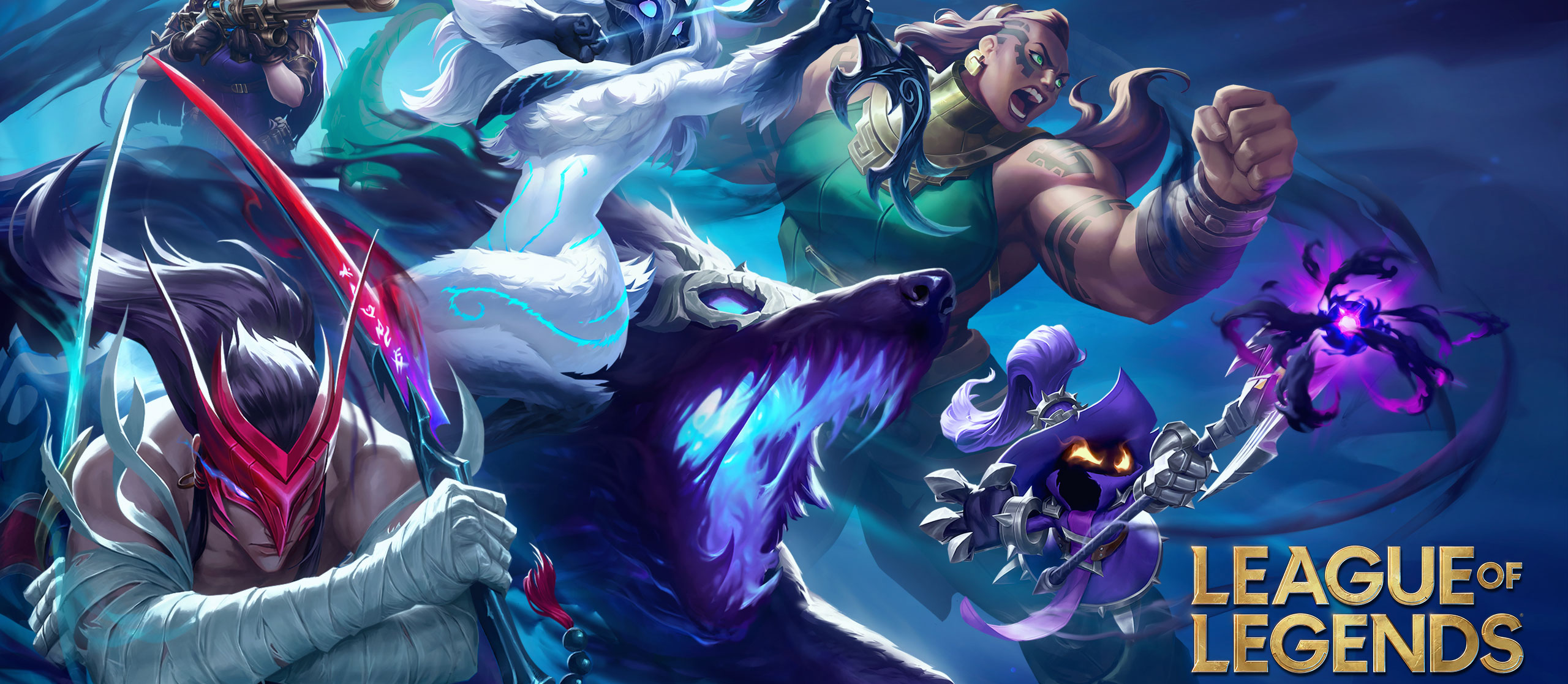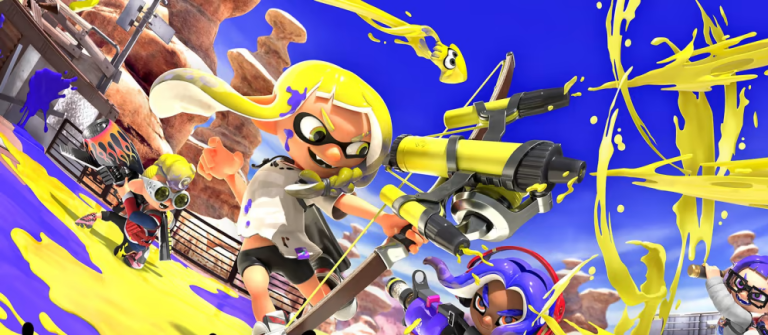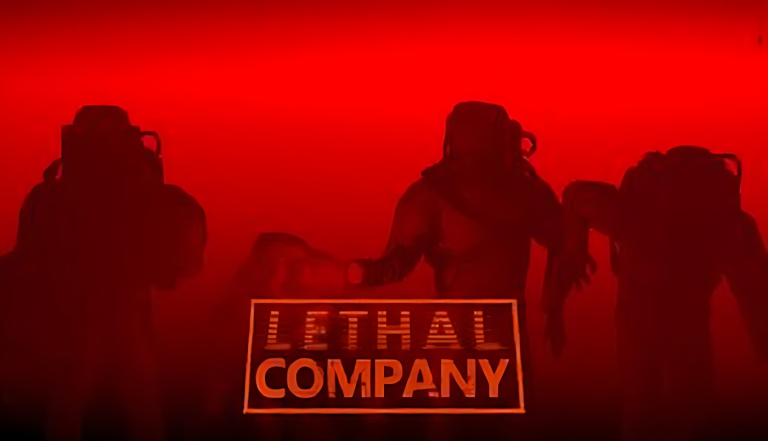League of Legends – Exploring the World’s Most Popular MOBA

Welcome to the sprawling battlefield of League of Legends (LoL), where champions clash in epic battles of strategy and skill. Much like the engaging experiences found in Teen Patti Stars, this introduction will venture into the immersive world of LoL, developed by Riot Games, and prepare to uncover the depths of its gameplay, lore, and vibrant community.
Brief Overview of League of Legends (LoL)
League of Legends (LoL) stands as a titan in the realm of multiplayer online battle arena (MOBA) games, renowned for its strategic depth, diverse cast of champions, and fiercely competitive gameplay. Developed by Riot Games, LoL has captured the hearts of millions of players worldwide, earning acclaim for its dynamic gameplay and ever-expanding universe. With its constantly evolving meta, rich lore, and thriving esports scene, LoL continues to be a driving force in the world of competitive gaming.
History and Development
League of Legends was conceived as a spiritual successor to the popular Warcraft III mod, Defense of the Ancients (DotA). Drawing inspiration from DotA’s gameplay mechanics, Riot Games set out to create a standalone game that would capture the essence of the MOBA genre while introducing new innovations and features.
The game’s development began in 2006, with a focus on creating a diverse roster of champions, each with their own unique abilities and playstyles. After several years of beta testing and iteration, League of Legends was officially launched on October 27, 2009, marking the beginning of a new era in competitive gaming.
Experience the excitement of League of Legends firsthand by downloading the game for free and joining millions of players worldwide in epic battles on the Fields of Justice.
Gameplay and Mechanics of League of Legends
At its core, League of Legends is a team-based strategy game where two teams of five players compete to destroy each other’s base while defending their own. Players control powerful champions, each with their own unique abilities and roles, and work together to outmaneuver and outwit their opponents.
The game features a diverse selection of champions, ranging from fierce warriors and cunning mages to agile assassins and powerful tanks. With over 150 champions to choose from, each offering a different playstyle and strategic approach, there’s something for everyone in the world of League of Legends.
Matches take place on a variety of maps, each with its own objectives and challenges. From the iconic Summoner’s Rift to the fast-paced action of the Howling Abyss, players must adapt their strategies to the ever-changing battlefield and coordinate with their teammates to secure victory.
As one of the most popular and enduring esports titles of all time, League of Legends continues to captivate players around the world with its deep gameplay, vibrant community, and endless opportunities for skill expression. Whether you’re a seasoned veteran or a newcomer to the game, there’s always something new to discover and experience in the ever-evolving world of League of Legends.
Champions and Roles
Exploring the World of League of Legends: Champions and Their Roles
In League of Legends, champions are the playable characters that players control during matches. Each champion has a unique set of abilities and characteristics that define their role on the battlefield. Understanding the different roles and how they interact with each other is essential for success in the game. In this guide, we delve into the diverse roster of champions and the roles they fulfill in the world of League of Legends.
In League of Legends, champions are typically categorized into five primary roles: Top Lane, Jungle, Mid Lane, ADC (Attack Damage Carry), and Support. Each role has its own responsibilities and objectives within a team composition, and players must choose champions that complement their team’s overall strategy.
- Top Lane: Top lane champions are typically melee fighters or tanks who excel in 1v1 combat. They are responsible for holding their own in the top lane and often serve as frontline initiators or damage dealers in team fights.
- Jungle: Jungle champions roam the map and farm neutral monsters in the jungle to gain experience and gold. They play a pivotal role in controlling objectives such as Dragon and Baron Nashor and providing support to their teammates through ganks and map pressure.
- Mid Lane: Mid lane champions are typically mages or assassins who focus on dealing high burst damage to enemy champions. They control the center of the map and have the potential to influence other lanes through roams and skirmishes.
- ADC (Attack Damage Carry): ADC champions are ranged marksmen who rely on basic attacks to deal sustained damage to enemy champions and objectives. They are essential for sieging enemy towers and securing objectives such as Dragon and Baron Nashor.
- Support: Support champions provide utility and crowd control to their teammates, helping them survive and secure kills during laning phase and team fights. They often focus on protecting their ADC and setting up plays for their team.
Champion Diversity
One of the defining features of League of Legends is the sheer diversity of champions available to players. With over 150 champions to choose from, each with their own unique abilities and playstyles, there’s something for everyone in the game. From powerful mages and agile assassins to resilient tanks and cunning marksmen, the roster of champions offers endless possibilities for experimentation and strategy.
Players can customize their play experience by selecting champions that suit their preferred playstyle and team composition. Whether you prefer to dominate the battlefield with raw damage, control the map with crowd control abilities, or support your teammates with buffs and heals, there’s a champion for every role and strategy in League of Legends.
As one of the most popular and enduring multiplayer games of all time, League of Legends continues to captivate players around the world with its diverse roster of champions, deep gameplay mechanics, and vibrant esports scene. Whether you’re a seasoned veteran or a newcomer to the game, there’s always something new to discover and master in the ever-evolving world of League of Legends.
Summoner’s Rift
Exploring League of Legends: The Mythical Battleground of Summoner’s Rift
In the realm of League of Legends, Summoner’s Rift stands as the iconic battleground where champions clash in epic battles of strategy and skill. As the primary map for competitive matches, Summoner’s Rift is steeped in lore and legend, serving as the stage for countless memorable moments in the game’s history. In this comprehensive guide, we delve into the intricacies of Summoner’s Rift, exploring its layout, objectives, and strategic significance in the world of League of Legends.
The Battleground
Summoner’s Rift is a sprawling, asymmetrical map divided into three main lanes: top, mid, and bot. Each lane is flanked by dense jungles teeming with neutral monsters and dotted with key objectives, including turrets, inhibitors, and the mighty Nexus—the ultimate goal of every match.
- Top Lane: The northernmost lane on Summoner’s Rift, top lane is typically inhabited by champions who excel in solo combat and split-pushing. Players in the top lane must navigate a long, narrow corridor guarded by turrets and strategically positioned bushes.
- Mid Lane: Positioned in the center of the map, mid lane is the shortest and most direct route to the enemy Nexus. Mid lane champions are often mages or assassins who prioritize wave clear and roaming to exert pressure on other lanes.
- Bot Lane: The bottom lane of Summoner’s Rift is home to the ADC (Attack Damage Carry) and support champions. ADCs focus on farming gold and experience to scale into late-game powerhouses, while supports provide protection and crowd control to enable their ADC’s success.
Embark on your journey through Summoner’s Rift and experience the thrill of League of Legends firsthand. Join millions of players around the world in the ultimate test of skill, teamwork, and strategy. You know what’s a better solo-grind experience? Teen Patti– Click this link to start the game!
Strategic Objectives
In addition to the three main lanes, Summoner’s Rift features several strategic objectives that teams must contest to gain an advantage over their opponents. These objectives include:
- Turrets: Turrets line each lane of Summoner’s Rift and serve as defensive structures that automatically attack enemy units within range. Destroying enemy turrets grants gold and map control, allowing teams to push deeper into enemy territory.
- Inhibitors: Inhibitors are powerful structures located at the heart of each team’s base. Destroying an inhibitor empowers the corresponding lane’s minions and weakens the enemy team’s defenses, creating opportunities for decisive pushes and team fights.
- Dragon and Baron Nashor: Dragon and Baron Nashor are formidable neutral monsters that offer powerful buffs to the team that slays them. Dragon grants stacking bonuses based on the number of dragons slain, while Baron Nashor bestows a powerful team-wide buff that enhances combat effectiveness and siege potential.
Summoner’s Rift stands as the quintessential battlefield of League of Legends, embodying the spirit of competition, strategy, and teamwork that defines the game. As players traverse its treacherous terrain and vie for control of its strategic objectives, they become part of a storied tradition of esports excellence and competitive gaming. Whether you’re a seasoned veteran or a newcomer to the game, Summoner’s Rift offers an endless array of challenges and adventures to be explored in the ever-evolving world of League of Legends.







